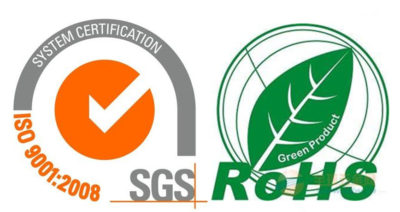Activated alumina has become an important adsorbent and catalyst carrier due to its high specific surface area, good thermal stability and chemical stability. However, its adsorption capacity is affected by many factors, such as specific surface area, pore structure, surface chemical properties, etc. How to improve its adsorption performance by optimizing the preparation method and modification means is the key to enhancing its application value.
The main factors affecting the adsorption capacity of activated alumina
- Specific surface area
The larger the specific surface area, the more adsorption sites and the stronger the adsorption capacity. The specific surface area is usually increased by controlling the calcination temperature, precursor selection, etc.
- Pore structure
- Pore size distribution: micropores are suitable for small molecule adsorption, and mesopores are conducive to large molecule adsorption.
- Porosity: high porosity can increase adsorption capacity, but mechanical strength must be taken into account.
- Surface chemical properties
- Hydroxyl content: affects surface polarity and adsorption selectivity.
- Acidic/basic sites: can be modified and adjusted to improve the adsorption capacity of specific substances.
- Impurities and crystal form
Impurities may block pores and reduce adsorption efficiency; γ-Al₂O₃ has stronger adsorption capacity than α-Al₂O₃.
Method for improving the adsorption capacity of activated alumina
1.Optimize the preparation process
- Select suitable precursors: such as pseudo-boehmite, aluminum gel, etc., which affect the pore structure and specific surface area of the final product.
- Control the calcination temperature: Too high temperature may lead to sintering and reduce the specific surface area.
- Adjust the precipitation/aging conditions: affect the grain size and pore distribution.
2. Surface modification
- Acid/base treatment: Treatment with HCl, HNO₃ or NaOH can increase the surface hydroxyl groups and improve the adsorption activity.
- Load active components: such as impregnation of metal ions such as Ag⁺ and Cu²⁺ to enhance the adsorption of specific pollutants.
- Organosilane modification: improve hydrophobicity and is suitable for the adsorption of organic matter.
3. Regulate the pore structure
- Template method: Use surfactants or polymer templates to prepare ordered mesoporous alumina.
- Hydrothermal treatment: Improve pore connectivity and improve adsorption kinetics.
4 .Optimize the use conditions
- Adjust the pH value: affect the surface charge, such as when adsorbing fluoride ions, pH = 5-7 is the best.
- Improve contact efficiency: use fluidized bed or fixed bed reactor to enhance mass transfer.
- Regeneration method: high temperature roasting or acid washing can restore adsorption capacity and extend service life.
Application Cases
- Water treatment: Modified activated alumina can effectively remove harmful ions such as fluorine and arsenic from water.
- Gas drying: By adjusting the pore size, the adsorption selectivity of H₂O and CO₂ can be improved.
- Catalyst carrier: High specific surface area and acidic sites help improve catalytic activity.

